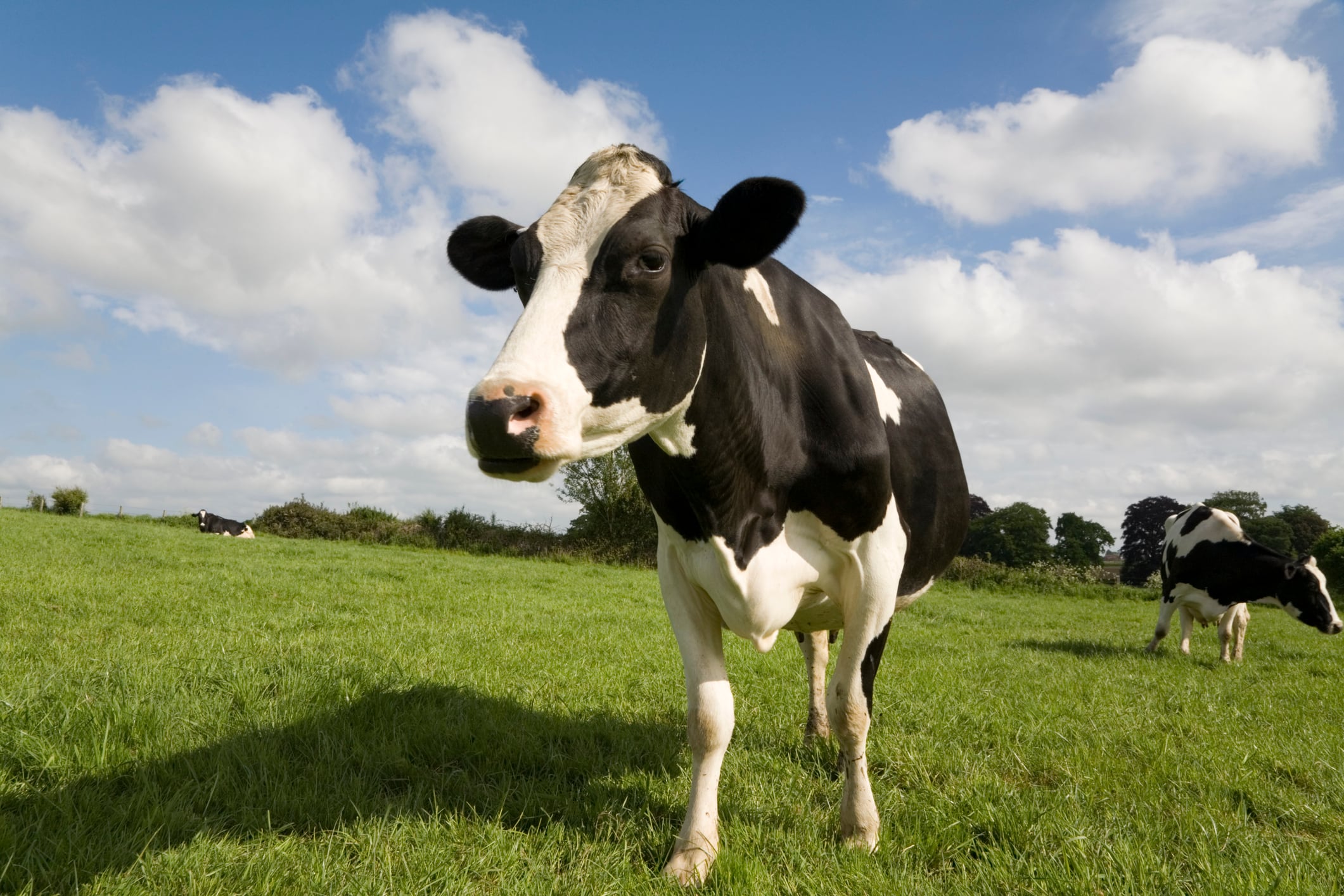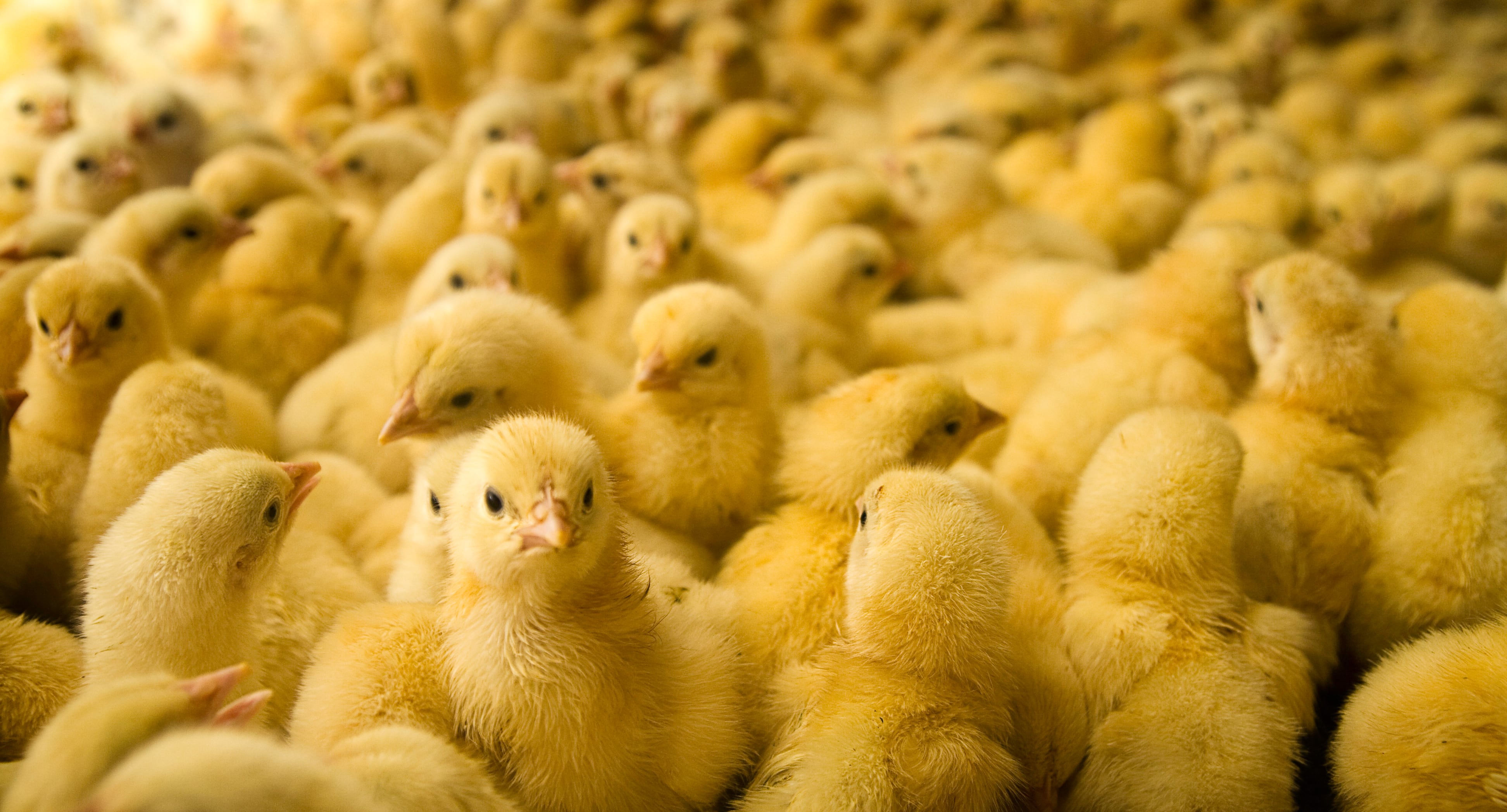Researchers have found that animal feed contaminated with mycotoxins could be costing poultry producers thousands of pounds per year.
What are mycotoxins?
Mycotoxins are a group of naturally occurring toxins produced by certain moulds (fungi). The moulds grow on a variety of different crops and foodstuffs, including cereals, nuts, spices, dried fruits, apples and coffee beans - often under warm and humid conditions.
They can be found in food and in animal feed; and can cause a variety of adverse health effects to both humans and livestock.
As Food Manufacture previously reported, severe rainfall and flooding – which is becoming more common due to climate change – is helping to encourage the spread of these toxins.
The impact on poultry
With poultry production among the fastest-growing livestock industries in the world, the presence of these toxins in animal feed presents a significant challenge for farmers across the globe.
There are a variety of mycotoxins that can found in animal feed, such as Aflatoxin B1 and Deoxynivalenol (DON) to name a few, and the UK has its own thresholds for how much is legally acceptable for each kind. If that limited is exceeded, it can result in food waste and decreased food production.
According to the research, which is a collaborative effort between Queen’s University Belfast, BOKU University, the Austrian Food Competence Centre FFoQSI, and dsm-firmenich Animal Nutrition & Health, the presence of mycotoxins can lead to a reduction in poultry feed efficiency of up to 10%.
As such the financial implications can be significant, with the study estimating that a medium scale poultry operation could face more than £150,000 in losses every year.
But their presence can also cause significant environmental damage. According to the researchers, even at very low levels mycotoxins have the potential to drive up the carbon footprint of poultry production by more than 8%.
A new perspective
Co-author of the study, Professor Rudi Krska, from the School of Biological Sciences and Institute for Global Food Security at Queen’s and BOKU University, believes the findings will have “a great impact” and are likely to “propel important changes in how the agri-food industry will view low-level mycotoxin contamination in feeds”.
The study’s lead investigator professor Chris Elliott, who works within the School of Biological Sciences and Institute for Global Food Security at Queen’s University Belfast, agrees; describing the study as “extremely significant”.
“While the effects of mycotoxins on livestock health have been extensively studied, comprehensive research quantifying their combined economic and environmental impacts remains very limited,” Elliott said.
“This study is extremely significant as it addresses an important research gap by evaluating the potential economic and environmental consequences of the rearing of chickens specifically for meat consumption using mycotoxin-contaminated feeds, a widespread issue globally.
“The findings show that addressing mycotoxin contamination in feed crops such as wheat, maize, and soybean is important for achieving sustainable, low-carbon, and profitable poultry production.”




